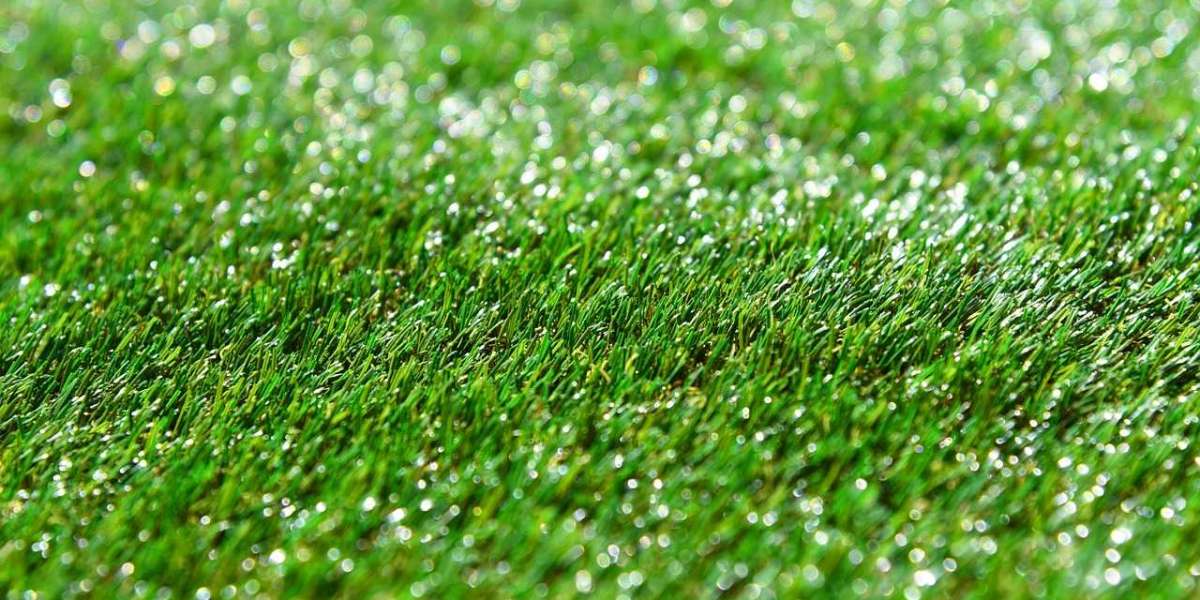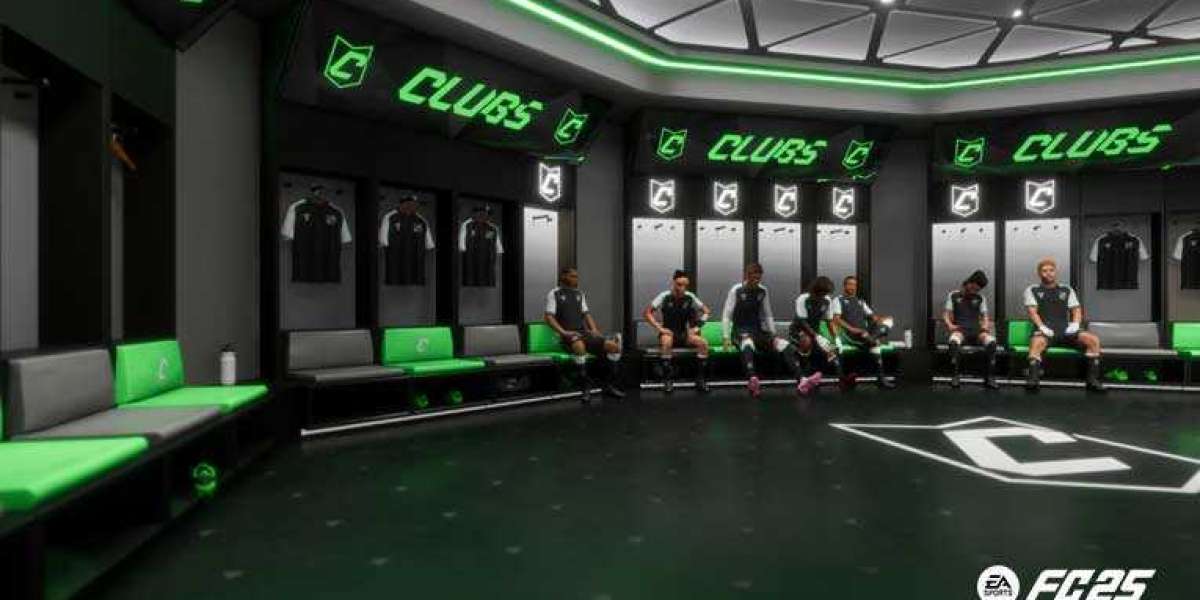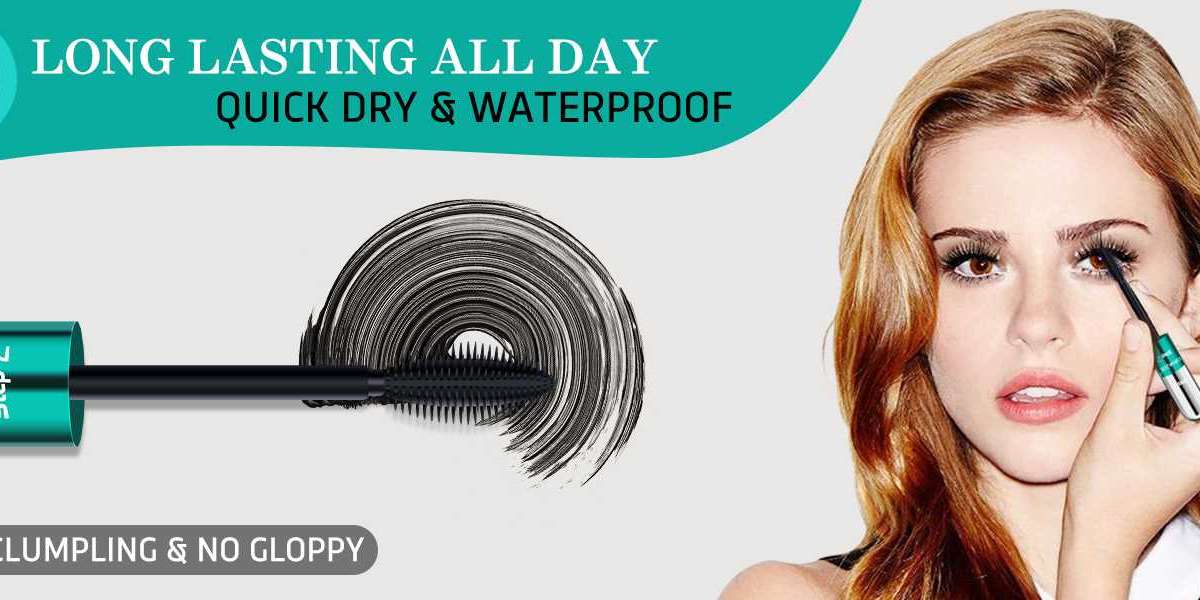When I first considered switching to artificial grass, I wanted to understand how it stacked up against natural grass. Both have their merits, but when it comes to maintaining a green and functional backyard in New Zealand’s unique climate, artificial grass offers some distinct advantages. Here, I’ll break down the differences and highlight why so many Kiwis are making the switch to artificial grass.
Maintenance: Time and Effort
Natural grass demands regular maintenance, including mowing, fertilising, and weeding. Anyone with a traditional lawn knows that keeping it looking healthy and green can take hours each week, especially during the growing season. In contrast, artificial grass requires minimal maintenance. A quick brush to lift the blades and the occasional rinse to remove dust or debris are all it needs to stay in top condition. For those of us with busy lifestyles, the low-maintenance aspect of artificial grass is a major benefit.
Water Usage: Saving a Valuable Resource
Watering natural grass, especially during the dry summer months, is essential to keep it green. However, this is not only time-consuming but can also lead to high water bills. In a country that often experiences water restrictions, this can be a challenge. Artificial grass, on the other hand, doesn’t need any watering to stay lush and green. This not only conserves water—a critical consideration in today’s environmentally conscious world—but also reduces household expenses over time. For eco-minded homeowners, artificial grass offers a way to cut back on water usage without sacrificing a vibrant outdoor space.
Appearance: Consistent Green Year-Round
One of the biggest challenges with natural grass is keeping it looking good year-round. Hot summers can cause it to dry out, while excessive rain can lead to muddy patches and bare spots. Artificial grass stays perfectly green and uniform regardless of the weather, providing a consistent aesthetic appeal all year. For those who love the look of a well-manicured lawn without the seasonal hassle, artificial grass delivers a reliable solution.
Durability and Longevity
New Zealand’s weather can be hard on natural grass, especially in high-traffic areas where kids and pets play. Constant wear can lead to bare patches and a generally worn-down appearance. Artificial grass is designed to be durable and withstand heavy foot traffic without wearing out or forming muddy spots. Made from resilient materials, it resists the effects of weather and remains in great condition for years. This makes artificial grass a smart choice for family backyards and spaces that see a lot of use.
Environmental Impact
While natural grass is often considered eco-friendly, it does come with some environmental drawbacks. Keeping a traditional lawn in good shape often requires fertilisers, pesticides, and herbicides, which can impact the surrounding ecosystem. Additionally, petrol-powered lawnmowers release emissions into the air. In contrast, artificial grass requires no chemicals, and without the need for mowing, it eliminates emissions associated with traditional lawn care. For those of us who want a beautiful lawn with a lighter environmental footprint, artificial grass is an appealing option.
Safe and Pet-Friendly
For households with pets, maintaining a natural lawn can be challenging, as dogs often dig, create muddy patches, and cause discolouration from urine. Artificial grass provides a pet-friendly surface that doesn’t stain, turn muddy, or wear out easily. It’s also easy to clean, allowing you to simply rinse away pet waste without affecting the grass. This convenience, combined with its durability, makes artificial grass a great choice for pet owners looking for a practical backyard solution.
Cost Comparison: Upfront Investment vs. Long-Term Savings
While the initial installation cost of artificial grass is higher than planting natural grass, the long-term savings can be substantial. With natural grass, costs accumulate over time due to water bills, lawn care products, and maintenance tools or services. Artificial grass eliminates these ongoing expenses, allowing homeowners to save in the long run. For those considering their budget over a number of years, artificial grass proves to be a cost-effective investment that pays for itself over time.
Aesthetics and Versatility
Artificial grass isn’t limited to lawns alone—it’s incredibly versatile. It can be installed on patios, around pools, or even on rooftops, providing a green, lush look where natural grass may not be practical. Its clean, uniform appearance enhances the aesthetics of any outdoor space, blending beautifully with both contemporary and traditional garden designs. For homeowners looking to create a unique and functional outdoor area, artificial grass offers numerous possibilities.
Conclusion: Choosing the Best Option for Your Backyard
After comparing the two, it’s easy to see why so many Kiwis are opting for artificial grass. From its low-maintenance nature to its water-saving benefits, artificial grass offers a modern, practical solution for New Zealand backyards. While natural grass has its charm, artificial grass provides a consistently beautiful, eco-friendly, and hassle-free alternative that suits the Kiwi lifestyle. For anyone seeking a resilient, pet-friendly, and cost-effective lawn, artificial grass is a choice worth considering.






